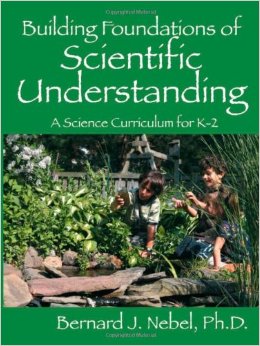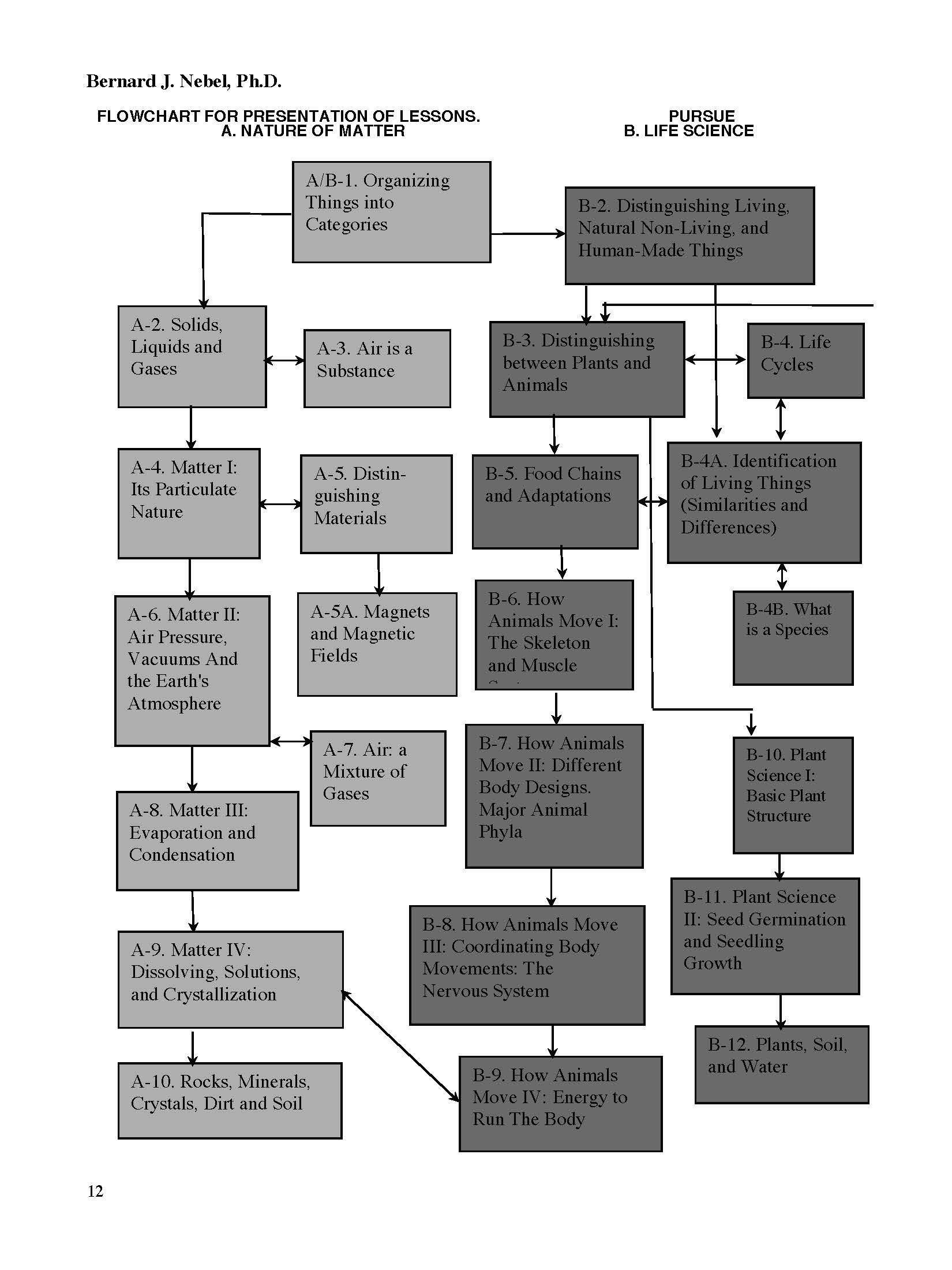
Someone once told me that the Montessori Science curriculum is the foundation for elementary. As in, children learn all the other subjects off of science. It basically covers from the Big Bang all the way to all things human. It’s a vast curriculum. One where you are not expected to cover everything in the albums by 6th grade.
I have 2 albums for science: geography and biology. Biology covers zoology (animals) and botany (plants). Geography in a way covers everything else: astronomy, geology, physical geography, chemistry, water, wind, economics, etc. You are essentially studying the earth and all the fields related to it. One thing they keep telling us during training is: Don’t follow the album sequence in presentation. However, even many schools do this. They may decide to do the section on Wind, Water, or human anatomy in upper elementary, and biology in lower elementary.
Especially with homeschooling, I see the varied interests and various questions the children ask and it seems obvious to follow their interests. However with such a vast curriculum it is hard to know where to start. I was really to happy to come across the recommendation of a series of books from What Did We Do All Day. The books are called Building Foundations of Scientific Understanding. For his K-2 book, he divided scientific knowledge into 4 sections, Nature of Matter (chemistry and the like), Life Science, Physical Science, and Earth Science. What I like about the book are:
- It follows my Montessori curriculum. I have only looked closely at the beginning presentations and it’s basically the same order as what we present in the primary albums. And the contents are mostly the same as well.
- But it is WAY more in depth. The author lists recommended books, how many minutes it takes to present, a guide on how to teach science, follow up activities, etc.
- In a way, Physical Science is modern science so was not included in our training. So it’s not in our album.
- The BEST part is the 2 page chart on the sequence of presentation. He tells you exactly the prerequisites for each presentations, and sometimes those presentations require other presentations from other sections.

Last year, Thumper watched a lot of Magic Schoolbus on Netflix and started sprouting scientific facts. And for awhile I was very confused and wondered, “Why can’t we just watch a lot of TV to learn science?” I had to have a talk with my fellow homeschooling friend to understand it’s important for the child to also experience science. I also realized the other important thing is to see how everything is connected. Biology is connected to chemistry is connected to earth science, etc. They’re not specific unit subjects to study. Scientific knowledge, really all knowledge, is not about memorizing little facts but seeing the connections between facts. And the Montessori curriculum provides a framework through its Great Lessons in tying these things together. Similarly I feel like this author understands this by that 2 page chart on presentation sequence. He’s showing me what I need to know in one subject in order to learn about another subject. Best of all, he’s helping me make sense of my albums. It’s my one frustration, that there’s no scope and sequence in my album.
What I’ve done so far
What I did was to look at the BFSU book to see the order of presentation, read the details on a specific presentation, and then cross reference with my albums. I do this partly because my albums are a bit more sparse in language and sometimes presents concepts in an easier way. Also the albums themselves have great specific ideas on how to present.
For example, last year, I saw that we needed to start with A1/B1 Organizing Things into Categories. Checking my primary album, I saw that I actually needed to do 3 other presentations first: Introduction to Observations (using 5 senses, comparing different objects, comparing same objects) In my album, they have you use a popcorn popper. Start with it covered, have it start popping and have the children guess. They will need to use their smell and their hearing to identify. It kind of leads into the whole idea of using different senses (other than sight) to observe. Then to compare objects you just gather a basket of items to compare. I think I used different gemstones for similar objects and rocks and paper clips for different objects. I don’t have a popcorn popper, so we used a mystery box instead. It turned out really fun. I gathered a box with something that would make a sound when you touch it. I put on a blindfold. Then I made a big show about putting my hand in the box and saying things like “I feel this thing is soft, it makes a rattling sound when I shake it, it smells like detergent, it tastes like….” You get the idea. Then I had to guess what it was I felt and then confirm by sight. The whole presentation ended with covering the name of the 5 senses. I was actually really surprised Astroboy didn’t know it!
Once the concept was introduced, I actually just talked about it during our daily life. Sometimes when we were hanging out in the garden outside of our swimming pool, we would look at plants and I talked about using our 5 senses to see what it is. I would randomly ask Astroboy what the 5 senses are. I know there are other better ways to do this. But I didn’t have time and I found that I really enjoy just talking to him about it more than anything else.
After Intro to Observations, we did A1/B1. I read the BFSU book to understand what exact concept I’m trying to convey in this presentation. The author is totally thorough in his write-up and the whole thing is tied to National Science Education (NSE) standards. He suggests questions you can ask and how to lead the discussion. But he was a bit scant in how to actually present. So I used my album for ideas. I ended up doing a quick 5 minute presentation right after my Introduction to Observation presentation and we divided the same items into different categories, per my album’s write-up. My album write-up often has very specific things to say, so it’s like following a script. As for B2: Living vs Non-Living, it was the same thing. I read the BFSU book to understand why I want to teach this and concept to cover, then I used my own album for how to actually present. I believe this presentation was by using a real snake vs a stuffed animal snake and discussing what made one living vs the other non-living. Notice we don’t say dead. Because that’s another abstract idea and not quite the same as non-living.
I would like to start this year with B3: Plants vs Animals. However, before we do that, we need to first do C3: Concepts of Energy. Something that is not in my album. I’m excited that this year I’m going to start a co-op with a friend and we’ll do science and math together. We’re pouring over the book and album right now to figure out how to present this in an interesting way. Here is an example of why I like the BFSU book. It distinguishes plants vs animals by how they get their energy, it’s the standard scientific explanationt. My album was a bit more non-scientific by using the “they move, they eat, they breath in oxygen breath out CO2” for animals and “they make their own food, release oxygen, cannot move on their own” for what makes an animal. Of course we know the problem with this is that children will then talk about the venus fly trap. And during our training we were just told this is a good thing because we’re invoking the children’s interest and they can all go read up about it. That is technically true because science is all about invoking the child’s interest and not giving them all the answers in Montessori presentations. But I much prefer how BFSU presents the more correct explanation during the presentation.
Where to Get It.
There are 3 different versions you can get, print, kindle, ebook. The ebook is the cheapest at $5. It’s just not printable. The printed copy is $25. Here are the links.
- Directly from Publisher – Click on the ebook link
- Amazon for kindle and print
Edit: In researching Nobel’s other book on Elementary education, Nebel’s Elementary Education: Creating a Tapestry of Learning, I learned that it is also based on using science as a foundation. Maybe because both he and Montessori were scientists? It’s a book I might get as I know he will write it in more modern day English. Montessori’s writings are very philosophical and dense.
August 7, 2015
